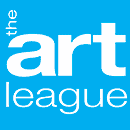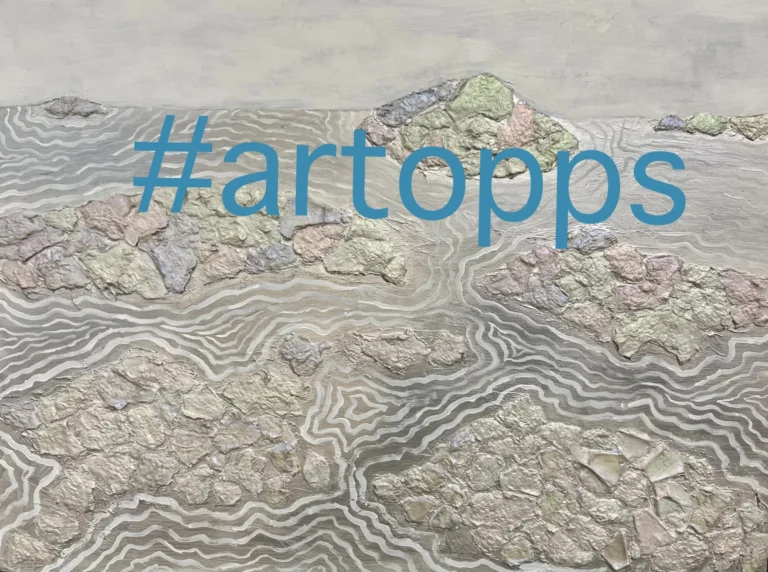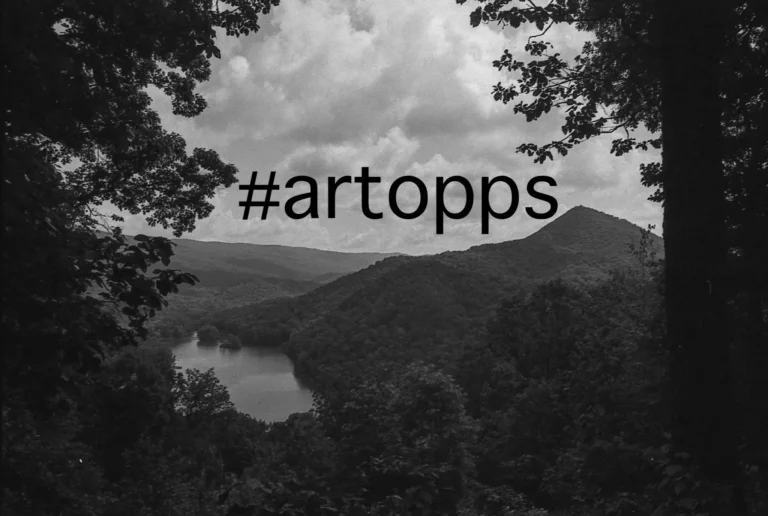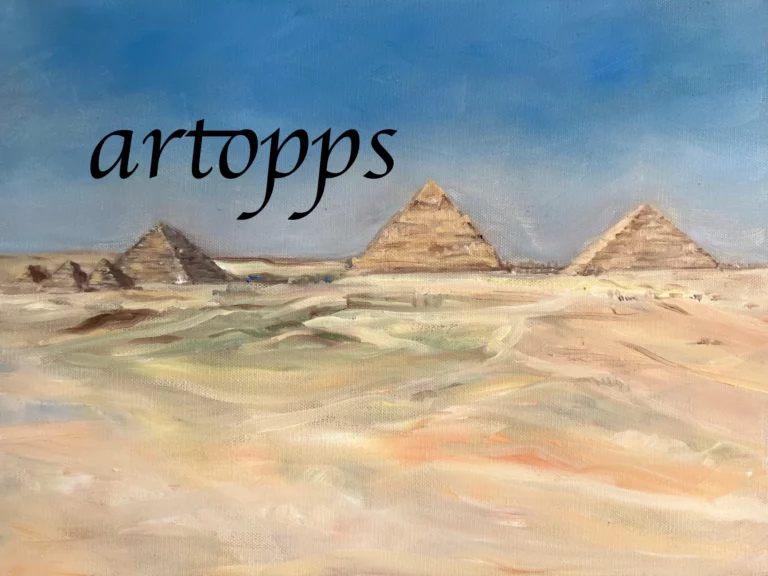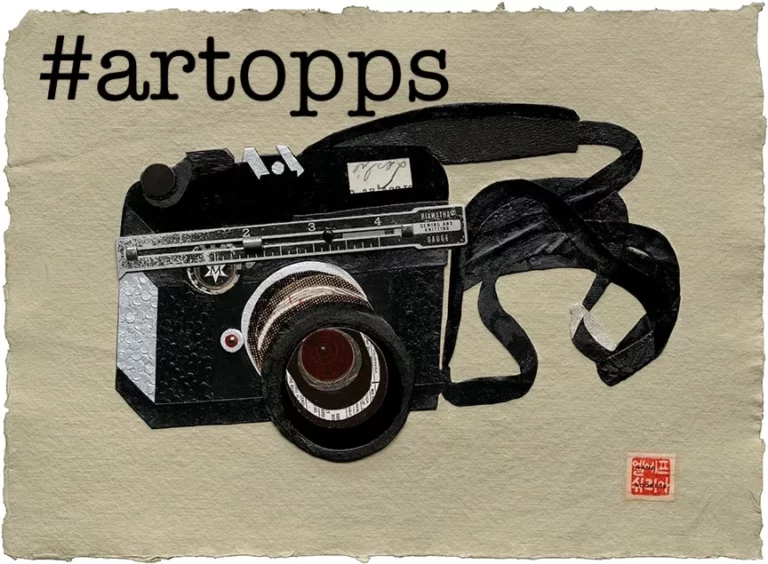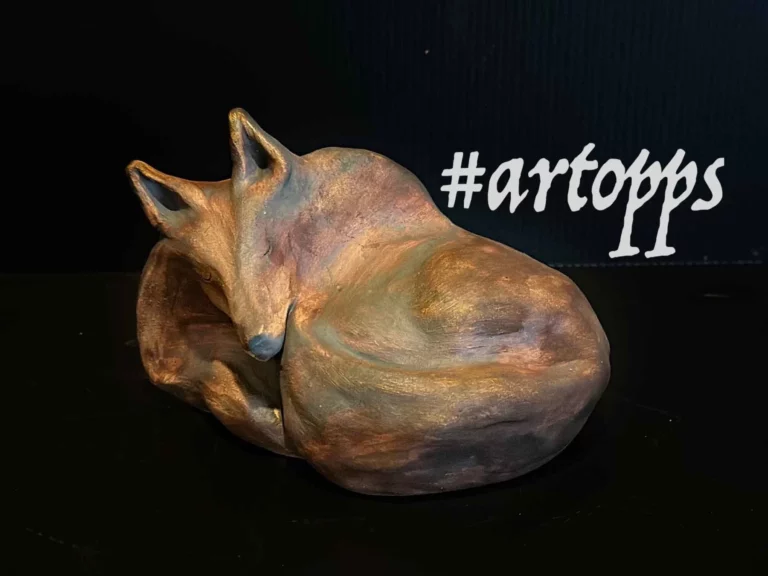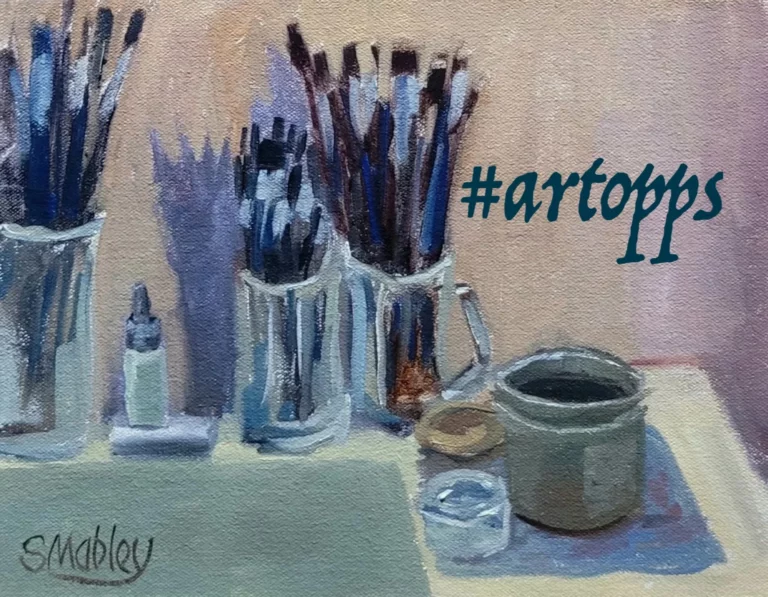Photographer Pete McCutchen’s “Radical Openness”
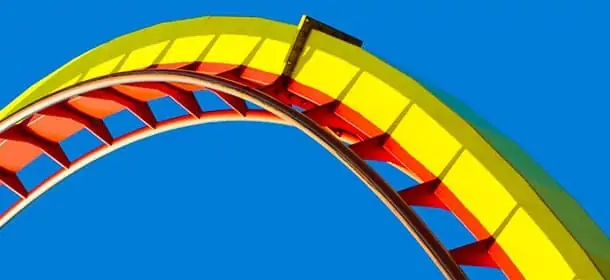

“Muted” is an exhibit about the visually quiet. For photographer Pete McCutchen, that necessitated a departure from his vibrant, colorful images you might have seen previously at The Art League and in his Torpedo Factory studio.
It also resulted in the Gallery Director Award for his photograph Hope. We asked McCutchen to tell us more about this piece, where it fits in his output, and how he creates images.
What is your creative process like? Do you typically have the final product in mind when you shoot, or does it emerge during editing?
Pete McCutchen: My approach is one of radical openness to the possibilities of any particular situation. I try not to go out shooting with the fixed idea of shooting a certain sort of picture, because I find that it gets in the way of seeing what’s there. I try to clear my mind, to be as empty and open as possible. To turn off that critical analytical side and just see.
Have you ever seen a child in a new place, eyes wide, looking around curiously? The child doesn’t know what’s ordinary and mundane, what we’re supposed to ignore. A child might be fascinated by buttons, or by the pattern of a shadow on the wall, stuff that most of us just ignore. A child looks at everything. When shooting, I try to cultivate the child’s openness and sense of wonder. As if I were seeing the world for the first time.

Ansel Adams had this whole idea about pre-visualization. His approach was to see the image in your mind’s eye hanging on the wall of the gallery, and then work backwards from there. I’m the opposite of that; I try to listen to the scene, to photograph it the way it wants to be photographed.
Of course I don’t literally hear voices, but that sense of receptiveness is central to my approach. Greek poets thought they didn’t write their poems, but that the muses were speaking through them. At one level, that seems nonsensical, but I think it’s actually a good metaphor for that sense of relaxed receptiveness that I try to cultivate. I read the book Zen and the Art of Motorcycle Maintenance when I was around 15, and I’ve read it again in every decade of my life since then. I’m not actually a Buddhist, and the book isn’t very accurate on about Buddhism (or motorcycle maintenance), but it’s had a profound influence on my approach to shooting.
I do see the initial image capture as a preliminary step. My goal isn’t to have a RAW file that looks great; my goal is to produce a final product that looks great. I try to expose the images to give myself as much information as possible. For example, with Hope, I actually have a lot of detail in the shadowed right side in the Raw file, but I chose to print it with just enough shadow detail to give it depth and texture. I could have brought it all out, but it would ruin the image.

Once the shutter is tripped, I take the images back to my studio, and at that point the analytical side kicks in. I’m very analytical in thinking about which images from a particular shooting session are worth working on, very critical of my own work. In shooting, I feel like you have to give yourself permission to take bad pictures, but I don’t think you should ever give yourself permission to show something that’s substandard. My former teacher Jim Steele said that a photographer’s two most important tools are the tripod and the trash can.
Processing the image is the final step, and that to me is just as important, if not more important than actually tripping the shutter. Back in my darkroom days, I processed my own film and did my own printing. I now work digitally, but the principles are the same: I do all of my own editing, and I print it myself. Even selecting the paper is important — I made test prints of Hope on three different papers before deciding that Moab Entrada Bright White Paper was the optimal surface. Then I tweaked the file for printing on that paper.

What was your goal with Hope? What do you think it says?
If I have a goal when actually shooting, I’m thinking too much.
Once back to my studio, the goal is to produce the best image I can from that particular shot. I know that’s a bit anticlimactic, but it really is as simple as that. If the final printed result meets my quality standard, I’ll show it; if not, trash can.
As to what it says, I make it a practice not to provide verbal interpretations of my own work, other than the title. What does it say to you?
Is this piece part of a series? If so, how has the series progressed to where it is now?
That’s a good question. My series tend to emerge organically from what I’m doing. For example, I found myself photographing roller coasters, and I discovered that many of the most successful images were nothing more than brightly-colored track against clear blue sky. After I noticed the pattern, I grouped them in a series and began to look for similar opportunities.
I do have a series of images shot in abandoned buildings, like the image Another Ladder to Heaven and Five Lights, which won an Honorable Mention last year at the Monochrome Awards, an international photography competition.

Hope was shot at the Trans-Allegheny Lunatic Asylum, and at the time I mentally grouped it with my Interiors series. But it doesn’t really fit that series, in terms of look and feel — they’re black and white, very stark, high contrast, while Hope is softer. I did do a black and white conversion for testing purposes, but I thought the soft color was more effective.
Who are some of your influences as a photographer?
This question makes me chuckle a bit, because if I told you who had influenced me, it would make zero sense in terms of Hope. This is actually a pretty atypical image for me. Most of my work is very bold, with vivid colors and simple composition. My mom loved art, but when I grew up we didn’t really have much in the way of original art — instead she put up framed posters. We had posters from Andy Warhol, Mondrian, Roy Lichtenstein, and Georgia O’Keefe. I grew up surrounded by color. We had lime green shag carpeting and metal kitchen cabinets painted bright purple. Yep, this was the 70s. You can see that influence in a lot of my work — what I’m saying makes total sense in light of Blinkers or Stimsonite #1 or Arc, all of which previously appeared in Art League shows.

That ties in with what I was saying earlier about not having preconceptions, about listening to how the scene tells you it wants to be photographed. This piece just didn’t want to look like most of my other work.
In terms of photographers, I’d say people like Pete Turner and Freeman Patterson would be the most direct influences. A couple of years ago, I saw a show by Sebastiao Salgado called Genesis in New York, which may have been the most profound and moving photography show I’ve ever seen.
I’m also inspired by other Torpedo Factory photographers. Jim Steele, the tripod and trash can guy, was one of my teachers when I started doing photography seriously again in the early 2000s, and I now have the studio around the corner from his. Jim did very classical black and white landscape and nude photography for years, but in the last decade or so he’s begun exploring all possibilities; I love how open he is to reinventing himself.
Fred Zafran, a Torpedo Factory artist and member of Multiple Exposures Gallery, has a great brooding sensibility about his work. (Fred’s show at Multiple Exposures this month should not be missed.)
My friend Min Enghauser in the studio around the other corner from me has an amazing sense of light, and a real respect for the materials and history of photography.

Soomin Ham I admire because of how innovative and original she is, and also the elegance of her work. I love her piece in this month’s show, and I’m looking forward to her solo show.
My friend Amanda Harner, who won her first Art League Award at seventeen and who juried into the Torpedo Factory at nineteen, won another Honorable Mention in this month’s show for her image, Torn. It is an outstanding image, and her award is well-deserved. One of the first thing I noticed about Amanda is that she is a very precise shooter; she sees the whole frame and composes corner to corner. Amanda may have begun as my protégé, but I now see her as a peer and valued colleague.
I try to cultivate all of those virtues in myself — willingness to experiment, emotional intensity, sense of light, compositional precision.
When did you decide to pursue photography as a career?
My interest in photography began when I was very young — I had my own darkroom when I was 12. But I did other things like being a lawyer. I started getting back into photography seriously in the early 2000s — I started entering shows at The Art League around 2005. Around 2008 I decided to do photography full time, a decision that was objectively nuts. In 2010, I juried into the Torpedo Factory, had my first solo show, and joined the Touchstone Gallery.
What’s the best part of being a photographer?
Doing what I love.
Can't get enough?
Sign up for our weekly blog newsletter, subscribe to our RSS feed, or like us on Facebook for the latest Art League news. Visit our homepage for more information about our classes, exhibits, and events in Old Town Alexandria, Virginia.
